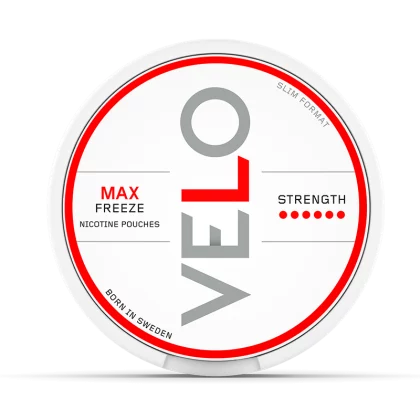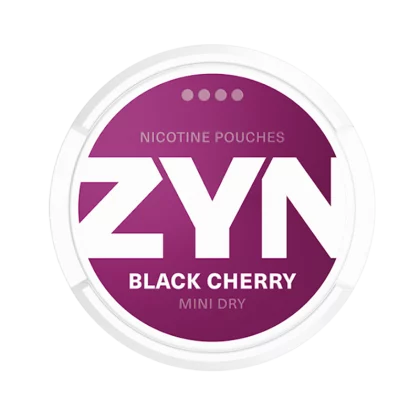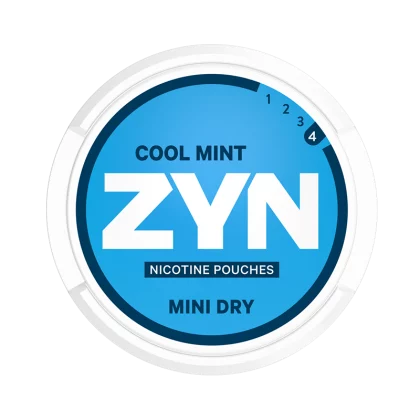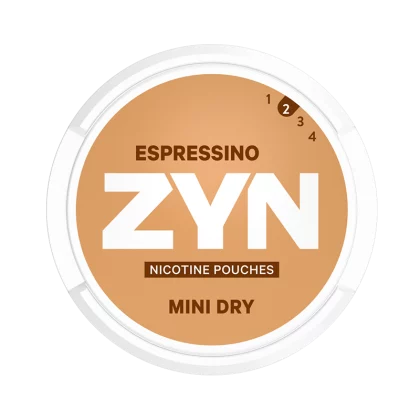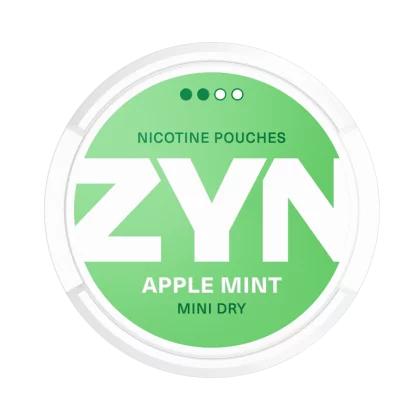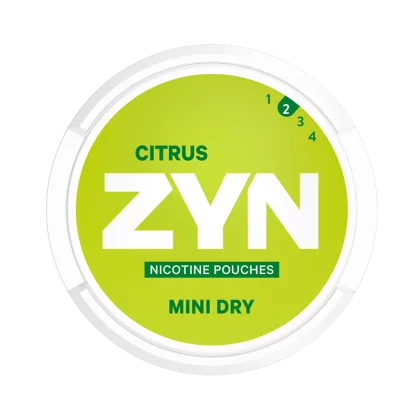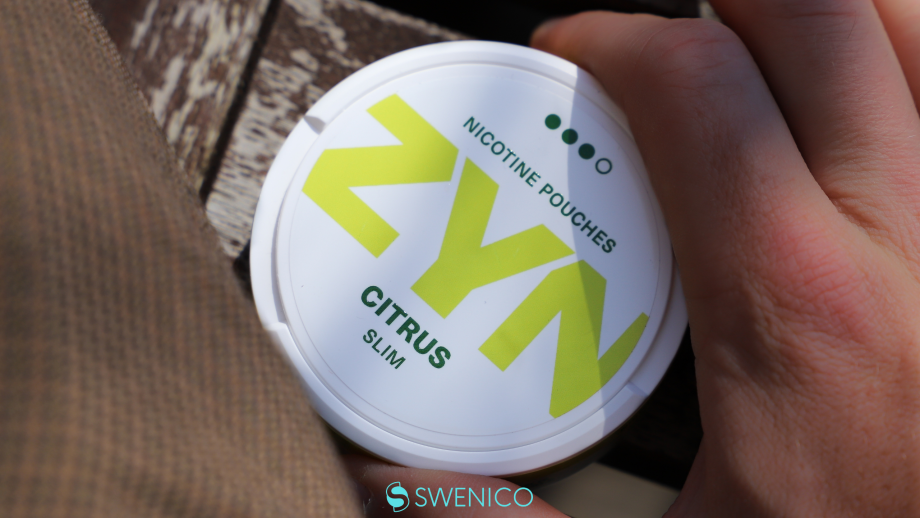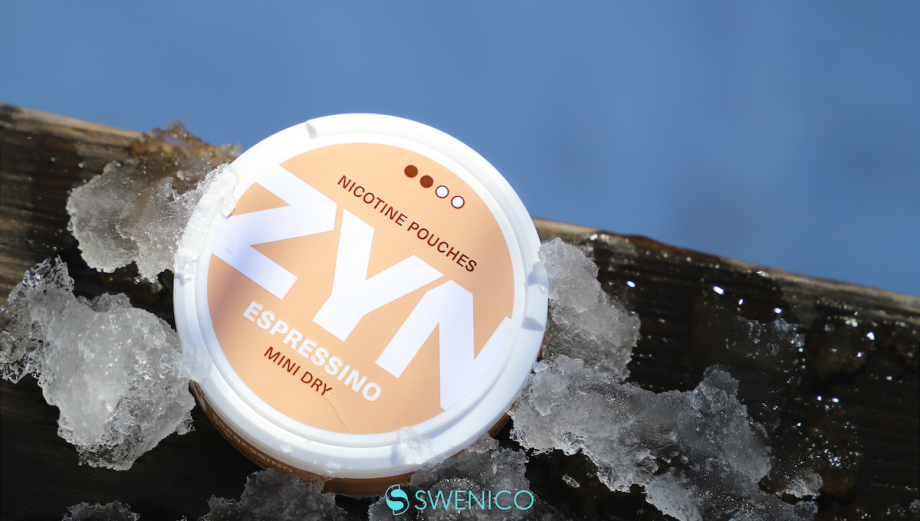Nicotine pouches have grown tremendously in popularity in just a few years, aiming popularity all over the world.
Whilst nicotine pouches have only existed for a few years, they are in essence a product development o traditional Swedish tobacco snus which has existed for more than a century. The key difference between these products is the fact that nicotine pouches are completely free from tobacco.
As nicotine pouches continue to gain traction, it is increasingly important for consumers to understand the ingredients in these products, including whether or not they contain sugar.
In this article, we will explore the composition of nicotine pouches, focusing specifically on the presence of sugar in nicotine pouches. We will discuss the role of sweeteners in nicotine pouches, the common types of sweeteners used, and the health implications of sugar and more.
Finally, we will provide guidance on how to choose the right nicotine pouch based on its ingredients. By the end of this article, you will have a comprehensive understanding of the sugar content in nicotine pouches and be equipped to make informed choices about the products you consume.
What are nicotine pouches?
Nicotine pouches are small pouches that are placed between the gum and the upper lip. Once there, they release nicotine and flavor for up to 1 hour. Nicotine pouches, as mentioned, do not contain tobacco. Instead, tobacco has been replaced with plant fiber. The nicotine and flavor have then been added afterward.
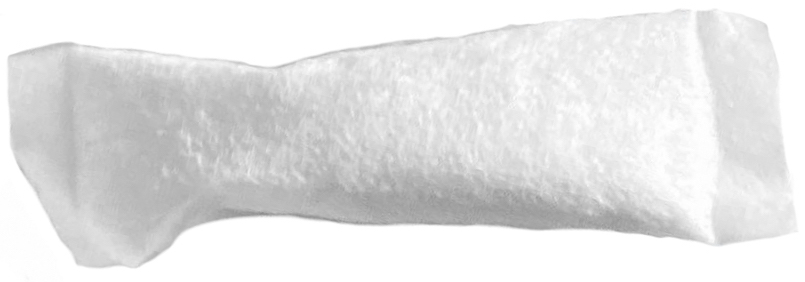
Nicotine pouches offer a smokeless, tobacco-free, and often odorless way to consume nicotine without the need for combustion or inhalation of harmful smoke. Nicotine pouches offer a discreet way to get your nicotine fix and can be used anytime, anywhere without anyone ever knowing.
Nicotine pouches come in a variety of flavors and strengths, catering to the preferences and needs of different users. Unlike traditional tobacco snus whose main ingredient is tobacco, nicotine pouches use plant fiber which is tasteless. This therefore gives manufacturers endless opportunities in regard to flavors. Whilst snus manufacturers are limited to making flavors that pair well with the tobacco flavor, there are no such limitations with nicotine pouches.
Moreover, since the nicotine is added to the recipe, unlike with snus where the nicotine comes from the tobacco, nicotine pouches exist in a much broader selection of nicotine strength, from low to ultra strong.
Nicotine pouches also exist in several different formats ranging from mini to large so everyone can find their perfect fit, regardless if they want a completely discreet alternative or a more pronounced feeling under the lip.

Key ingredients in nicotine pouches
Now that we have an understanding of what nicotine pouches are, let’s look closer at their key ingredients – and more importantly, whether or not they contain any sugar.
The primary ingredient in nicotine pouches is nicotine, which is either derived from the tobacco plant or synthesized in a laboratory. Most nicotine pouch brands use nicotine that is derived from the tobacco plant. In addition to nicotine, the main ingredient as discussed is plant fiber. It is common for the plant fiber to derive from pine or eucalyptus.
Obviously, nicotine pouches also use flavorings to give them an appealing flavor. To make them last longer, food-grade preservatives are also used.
Lastly, almost all nicotine pouches contain sweeteners to give them a sweeter flavor profile.
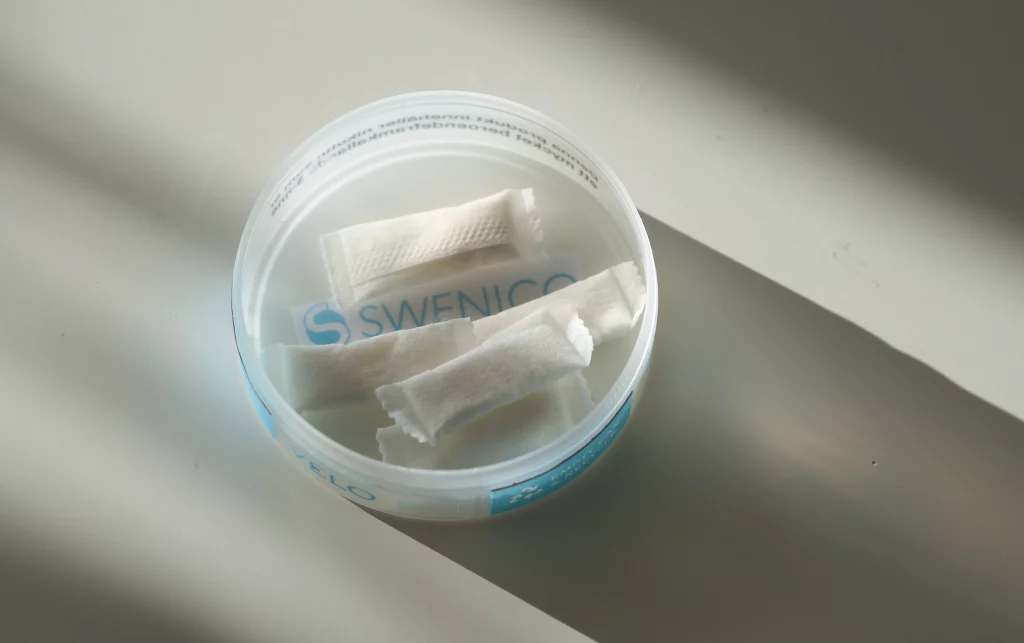
Do nicotine pouches contain sugar?
The short answer to this question is no. Nicotine pouches do not use regular sugar. Instead, they use sweeteners to give them a sweeter and more enjoyable flavor.
The incorporation of sweeteners enhances the taste and mask the inherent bitterness of nicotine.
Role of Sweeteners in nicotine pouches
- Flavor enhancement: Sweeteners are added to nicotine pouches to improve their overall taste, making the experience more enjoyable for users. This is particularly important for flavored pouches, as sweetness can complement and accentuate the desired flavor profile.
- Masking bitterness: Nicotine has a naturally bitter taste, which can be off-putting for some users. Sweeteners help to mask this bitterness, creating a more palatable product that appeals to a wider range of consumers.
Common types of sweeteners used in nicotine pouches
Natural sweeteners: Some nicotine pouches use natural sugar alternatives to provide sweetness without the caloric content and health risks associated with traditional sugar. Common natural sweeteners include:
Xylitol: A sugar alcohol derived from plants, xylitol has a similar sweetness level to sugar but with fewer calories and a lower glycemic index, making it less likely to cause blood sugar spikes.
Erythritol: Another sugar alcohol, erythritol is also low in calories and has minimal impact on blood sugar levels. It is often used in combination with other sweeteners to achieve the desired level of sweetness.
Artificial sweeteners: Some manufacturers opt for artificial sweeteners, which are synthetic compounds designed to mimic the taste of sugar without the associated calories or health risks. Common artificial sweeteners in nicotine pouches include:
Sucralose: A zero-calorie sweetener that is approximately 600 times sweeter than sugar, sucralose is commonly used in a variety of food and beverage products as well as nicotine pouches.
Aspartame: Another zero-calorie sweetener, aspartame is around 200 times sweeter than sugar and is also widely used in food, beverages, and nicotine pouches.
Most, if not all nicotine pouches on the market are sugar-free, relying on natural or artificial sweeteners to provide the desired sweetness. This is an intentional choice by manufacturers to avoid the health risks associated with sugar consumption and to cater to health-conscious consumers seeking a tobacco-free alternative to traditional nicotine products.
Just for reference, let’s look at the ingredients list of a few popular nicotine pouches and the sweetener used:
VELO ice cool Strong
Ingredients:
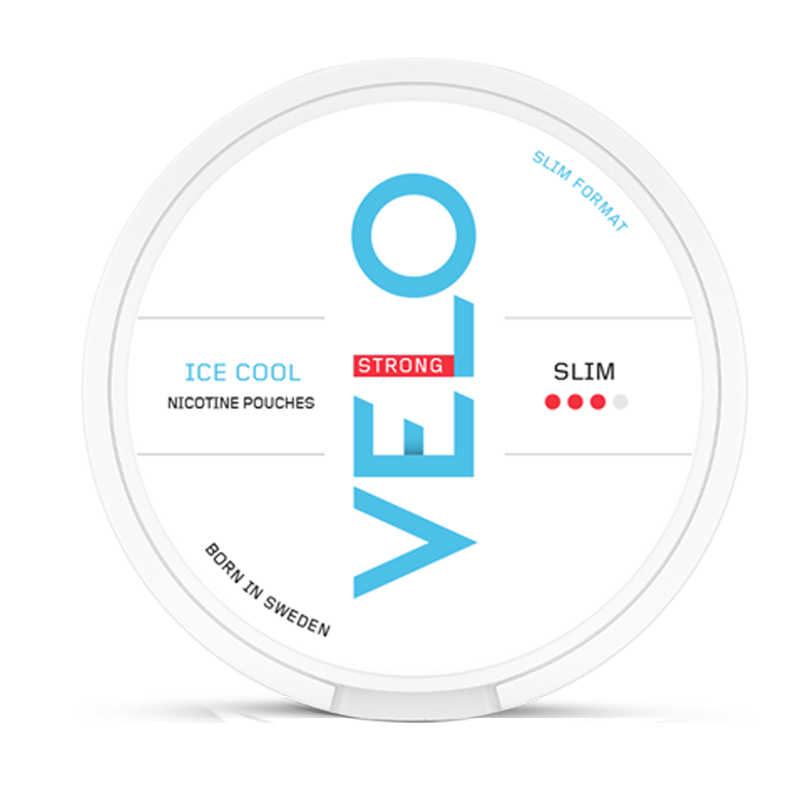
Water, fillers (E460), flavor enhancers (saline), aromas, nic, xylitol, thickeners (E401), acidity regulators (E500), salmiak salt, sweeteners (E950).
ZYN Citrus
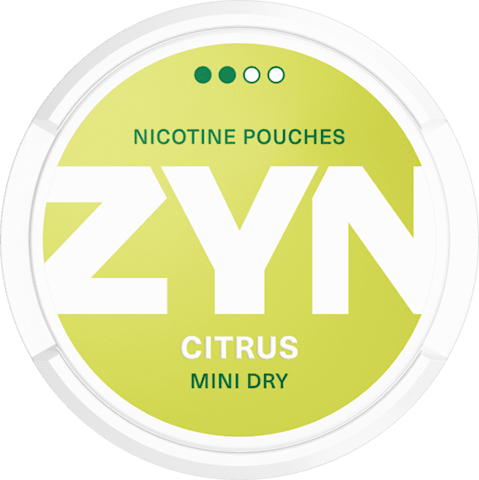
Bulking Agents (E965, E 460, E 414), Acidity Regulator (E500), Stabiliser (E 463), Nicotine, Flavourings, Sweetener (E950).
Helwit Cola
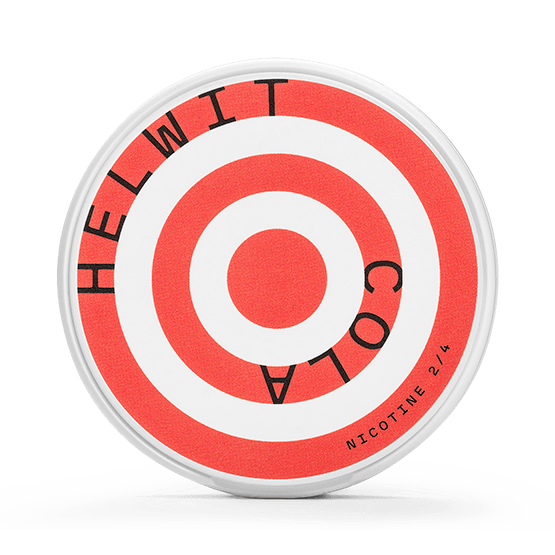
Cellulose fiber (E460i), Humectant (E422), Water, Flavourings, Salt, Erythritol (E968), Acidity regulator (E500), Sweetener (E955), Nicotine.
As you can see in the example above, three different brands have used two different types of sweeteners – E950 and E955.
E950 is the E number in the European Union for Potassium acesulfame, commonly referred to as acesulfame K or Ace K. It is an artificial zero-calorie sugar alternative frequently sold under the brand names Sunett and Sweet One.
E955 is the E number for Sucralose which represents a synthetic sweetener and a sugar replacement. Most of the consumed sucralose remains undigested in the body, resulting in zero calories.
Health Implications of Sugar and sugar alternatives in nicotine pouches
While the primary focus of nicotine pouches is to provide a tobacco-free alternative for nicotine consumption, it is essential to consider the health implications of other ingredients, such as sweeteners. The choice between traditional sugar and sugar alternatives can have various health effects, both positive and negative.
The primary reason why manufacturers don’t use regular sugar for their nicotine pouches is related to dental health. Since nicotine pouches are used by many for large portions of the day, and placed virtually directly against the tooth, it would mean a prolonged exposure to sugar for the teeth. Since sugar causes cavities, it is not an ideal ingredient to sue for these products. To preserve dental health and avoid cavities, brands have therefore opted for other alternatives, sweeteners, to circumvent this issue.
Moreover, it’s no news that sugar also has implications related to health.
Risks associated with sugar consumption
- Obesity: Consuming excessive amounts of sugar can contribute to weight gain and obesity, as it adds extra calories to one’s diet. Obesity is linked to numerous health issues, including heart disease, type 2 diabetes, and certain cancers. Since nicotine pouches are used by many during the whole day, it could lead to an excessive intake of sugar, even though each pouch would contain a limited amount of sugar.
- Diabetes: High sugar intake can lead to insulin resistance and increased risk of developing type 2 diabetes. Maintaining a balanced diet with limited sugar intake is crucial for managing blood sugar levels and overall health.
- Dental issues: Sugar is a primary contributor to dental caries (cavities) as it fuels the growth of harmful bacteria in the mouth, which produce acids that erode tooth enamel. Limiting sugar intake is essential for maintaining good oral health.
Pros of sugar alternatives
- Calorie reduction: One of the main benefits of using sugar alternatives in nicotine pouches is the reduced calorie content. Natural and artificial sweeteners often provide the same level of sweetness with fewer or no calories, making them a more health-conscious choice.
- Dental health benefits: Sugar alternatives like xylitol and erythritol have been shown to have dental health benefits, as they do not promote the growth of harmful bacteria in the mouth. This can help reduce the risk of cavities and other dental issues.
It is important for users to weigh the pros and cons of sugar alternatives in nicotine pouches and consider their own health needs and preferences when selecting a product.
How to choose the right nicotine pouch for you
Selecting the right nicotine pouch involves considering various factors, including flavor, strength, and ingredients. The two single most important factors when choosing nicotine pouch is considered to be the nicotine strength and flavor. Most people don’t think twice about the type of sweetener used since they are all relatively similar to each other.
Here are some steps to help you choose the right nicotine pouch for you:
Checking ingredient labels
Before purchasing a nicotine pouch, it can be good to review the ingredient label to identify the the ingredients as well as the sweeteners used. This will help you determine if it contains any ingredients to which you may be sensitive. For example, some types use mint oil, cinnamon, or salmiak which some people may be sensitive to.
Researching different brands and their ingredients
Different brands may use different formulations for their nicotine pouches, including varying types and amounts of sweeteners. Most brands use the same key ingredients and have minor differences between the ingredients used. The difference primarily lies in the amount of each ingredient used, how the nicotine pouches are made, the type of pouch, and the flavor.
It can be a good idea to conduct research on various brands and their products to find one that aligns with your health needs and preferences.
Nicotine Strength
We would argue that nicotine strength is the single most important factor when choosing nicotine pouches. The reason is that choosing the wrong nicotine strength can lead to an unpleasant experience. This is primarily if you choose a nicotine pouch that is too strong but if you choose one that is too weak, you will barely notice the nicotine effect and this will also negatively affect your experience. If you are new to nicotine, it’s better to opt for a weak nicotine strength and then increase the strength to find a suitable alternative. If you choose one that is too strong, it can lead to dizziness and nausea, which you obviously want to avoid.
Conclusion
In conclusion, virtually all nicotine pouches on the market are sugar-free. Instead, they contain natural or artificial sweeteners to enhance flavor and mask the bitterness of nicotine. This is primarily for the sake of dental health but naturally also helps keep sugar intake down which may otherwise have negative health effects.
We have explored the role of sweeteners in nicotine pouches, common natural and artificial sweeteners. By checking ingredient labels, researching different brands, and consulting with a healthcare professional, you can select the right nicotine pouch for you.
Ultimately, being informed about the ingredients in nicotine pouches and their potential effects on your health empowers you to make educated choices. As the popularity of these products continues to grow, staying informed about their composition will help ensure a satisfying and responsible experience for those seeking a tobacco-free alternative to traditional nicotine products.
Popular nicotine pouches
-
ZYN Cool Mint Mini Dry Normal 3mgPrice is hidden
-
VELO Freeze MAXPrice is hidden
-
ZYN Mini Black Cherry 6 mgPrice is hidden
-
ZYN Cool Mint Mini Dry Extra StrongPrice is hidden
-
ZYN Espressino Mini Dry Normal 3mgPrice is hidden
-
Zafari Desert Mint 4mgPrice is hidden
-
VELO Ice Cool Mint Strong SlimPrice is hidden
-
ZYN Apple Mint Mini Dry 3mgPrice is hidden
-
ZYN Citrus Mini Dry Normal 3mgPrice is hidden



